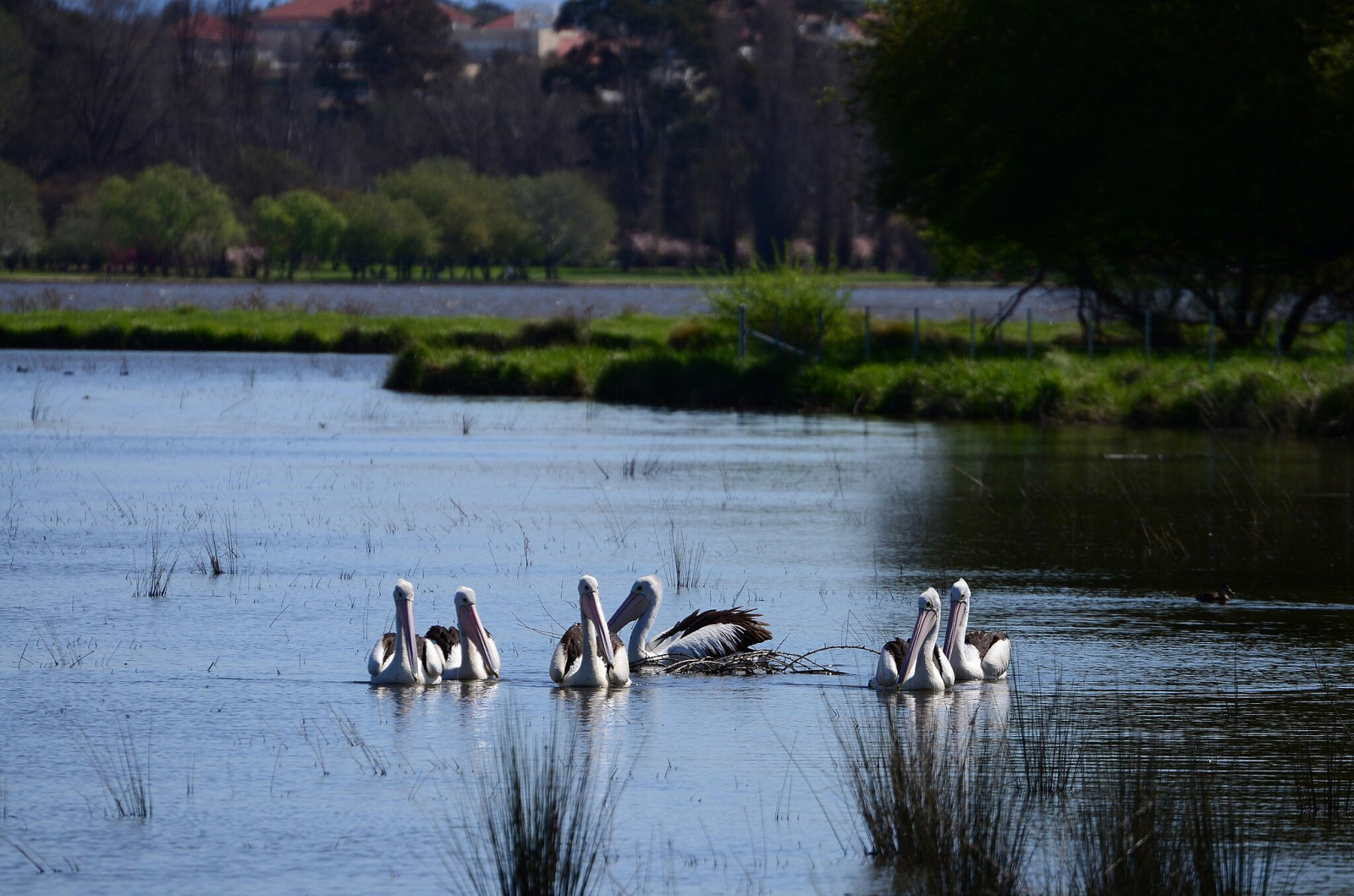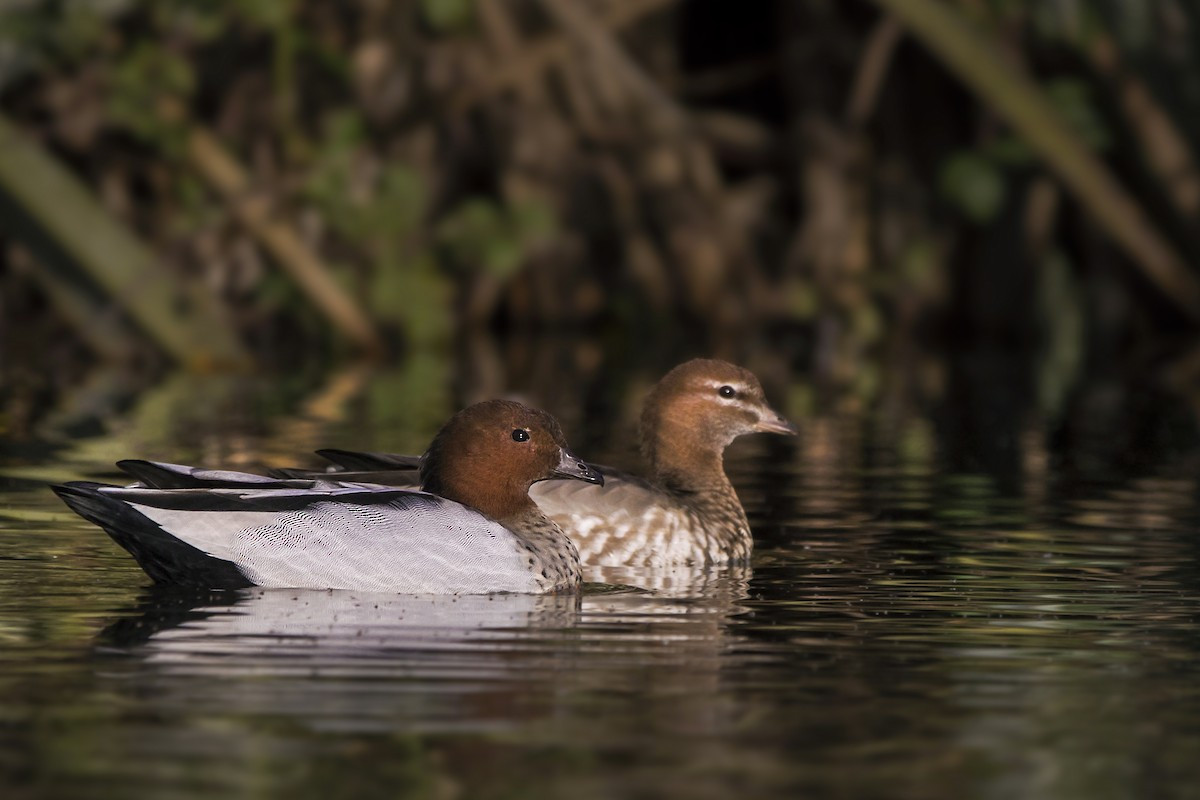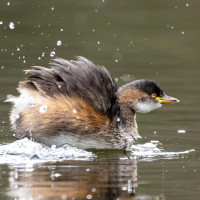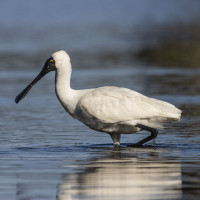Opis
The filling of Lake Burley Griffin in 1964 led to an artificially high water table on the Molonglo River floodplain. Jerrabomberra Wetlands was the result. This 174-hectare protected area is an important sanctuary for local birds as well as bird species migrating from the northern hemisphere and from inland Australia. Major water bodies at Jerrabomberra Wetlands include Shoveler Pool, Kelly’s Swamp, Molonglo Reach, Jerrabomberra Billabong, Jerrabomberra Creek, Jerrabomberra Pool, and a silt trap.
The plantings that screen the swamp are good for Double-barred and Red-browed Finch and Yellow-rumped Thornbill. From the hides you will see Black Duck, Eurasian Coot, Dusky Moorhen and Purple Swamphen. Pelican, Grey Teal, Pink-eared Duck and Australasian Shoveller are also likely. Spoonbills, Ibis, Darter and Cormorants are also common. If you carefully watch the reedbeds long enough you may see Baillon’s and Spotted Crakes.
The mudflats are good for Black-fronted and Red-Kneed Dotterels. Latham’s Snipe can often be found here during summer. In the tall weeds surrounding this area look for Australian Reed-Warbler, Golden-headed Cisticola and Little Grassbird.
Szczegóły
Dostęp
Jerrabomberra Wetlands is located on the Molonglo River floodplain only 4 km from Canberra's city centre. From the Australian War Memorial drive east along Fairbairn Av., after 3.5 km turn right at the traffic lights and continue through the roundabout onto the Monaro Highway. At 6 km veer left to Fyshwick then, at the lights, turn right under the overpass and continue straight on into Dairy Rd. Free off-street parking at the end of Dairy Road in Fyshwick and also Eyre Street in Kingston. Click on a P in the map for directions or coordinates.
Jerrabomberra Wetlands is open 24 hours a day, 7 days a week. There are 3 walking route options: Kellys Swamp Loop, The Woodland Walk and The Billabong Walk. But you can also combine them to one big walk of about 5 km. Dogs are not allowed in the reserve. Bring your own drinking water.
Teren i siedlisko
Tereny podmokłeWarunki
Otwarty krajobraz , BagiennyTrasa dookoła
TakCzy luneta będzie przydatna ?
Może być przydatnaUdany sezon obserwacyjny
Przez cały rokNajlepszy czas na wizytę
Wiosenne migracje , Jesienne migracjeTrasa
Szeroka ścieżka , Wąski szlakPoziom trudności szlaku pieszego
ŁatwyDostępne
PieszoCzatownia/platforma obserwacyjna
TakLinki
- www.jerrabomberrawetlands.org.au
- Photo Pelicans in Jerrabomberra Wetlands by Michael Maconachie, CC BY-SA 2.5, via Wikimedia Commons




